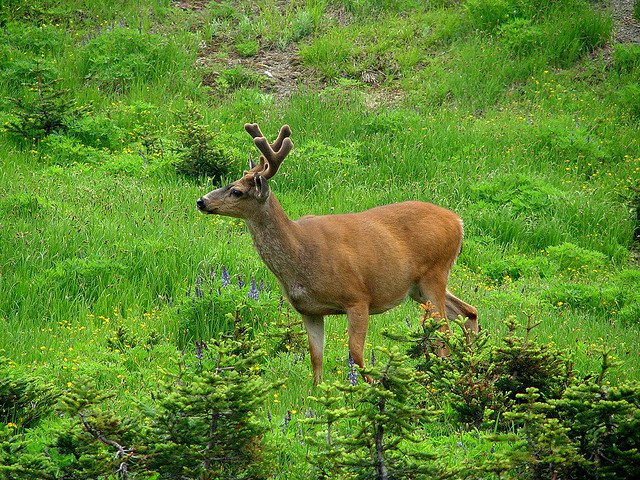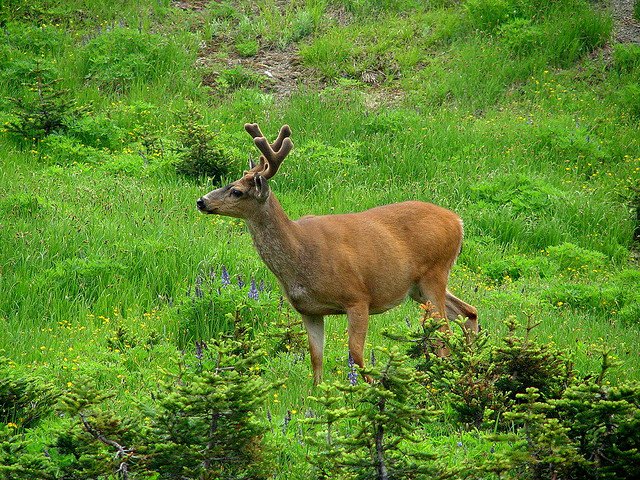
Deer hunting season may seem a long way off, but it is never too early to start scouting for this year’s hunt. Scouting plays a significant role in hunting success, yet many deer hunters don’t start thinking about it until the season is nearly upon them. By not scouting early, hungers greatly reduce their odds of harvesting a desirable deer and they also miss out on an opportunity to learn more about deer movement and habitat.
Mid to late summer is the perfect time to begin scouting activity, because most bucks and does are occupying the same areas they will be in when the season starts. Especially in farmland, food supplies are well established by this point, so there is a good bet the deer a hunter sees in the cornfield in August will be there in November.
The best scouting technique incorporates both preparation and patience. Don’t just wander around in the woods looking for deer, take your time and use a methodical approach.
The best place to start is a topographical map. Buy a topo map for the land you plan to hunt and use it to identify likely deer habitat. Take into consideration the basic needs of a deer, which include food, water and shelter.
Once you have marked a few locations on the map, go out in the field to get a closer look. Some of the signs to look for include bedding areas, feeding areas, trails and rubs.
Begin your search along the edges of farm fields, in a saddle between hills, or near streams or ponds. These are good areas to find trails.
Once you find a trail, you can follow it to bedding and feeding areas, and can begin accessing the number and quality of deer in the area. Look for tracks and droppings. High numbers of tracks suggest a trail or feeding area is heavily used. Large tracks (3.5 inches or longer) and large droppings are good signs there may be a large buck in the area.
If you find it difficult to distinguish between the tracks of a doe and those of a buck, remember that a mature buck is wider across the chest than in the rear, so its front tracks will be slightly outside its rear tracks, while a mature doe is wider at the rear. Very small tracks with larger tracks are the signs of a doe with a fawn.
Rubs, which begin appearing in September, are another sign bucks are in the area. By measuring the height of a rub on a tree, you can get a good idea of a buck’s size, but a high number of rubs is not necessarily a sign there are a lot of bucks in the area, because one buck can create a high number of rubs.
Once you identify an area you believe is home to a large buck, you will want to make visual contact. Watch the feeding areas or trails during dawn or dusk, but keep your distance. Use binoculars and stay out of sight. Watch his movements to and from the feeding areas to determine the best location to hunt.
Finding a tree-stand location is the next step in the scouting process. The best location is usually along the trail, so you can get the deer moving away from or to the feeding area. Find a tree with a good shooting lane and make sure you can get to the stand without being spotted by the deer.
One final note in the scouting process: Use the highest level of stealth possible. Don¹t walk on the trails, if you don’t have to, and do everything you can to keep your scent away from the trails and feeding areas. If the deer, big bucks in particular, sense a high level of human activity, it could drive them out of the area.
The scouting process may seem like a lot of work, but the payoff, come deer season, will justify the effort.
Photo credit: Flickr Creative Commons








